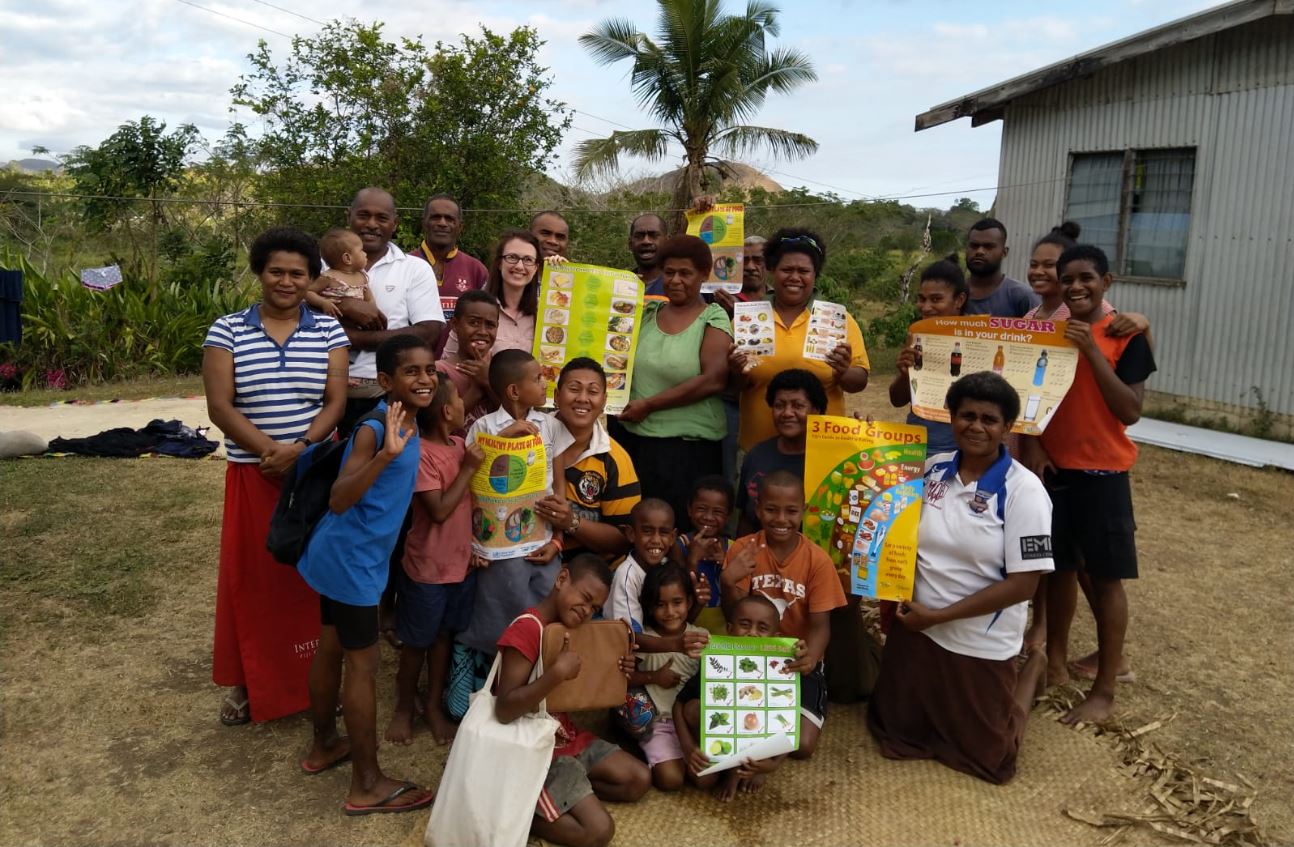ACIAR researcher tackles diabetes one meal at a time

The Australian Centre for International Agricultural Research, together with the Central Queensland University (CQU), is collaborating with Fiji’s Ministry of Health and Agriculture to conduct nutritional workshops to tackle diabetes and cardiovascular disease in farming villages.
With Fiji’s population suffering the highest rate of diabetes in the world, CQU researcher and Crawford Fund scholar, Lydia O’Meara, is educating local farmers on how to overcome and reduce these common but preventable diseases in rural communities.
“Diabetes is a lifestyle-related disease that can be prevented or onset delayed by living a healthy lifestyle which includes eating a wide variety of healthy fruits and vegetable.”
“Worryingly, fruit and vegetable consumption is low in Fiji, so these educational workshops are all about demonstrating how to include the benefits of eating a variety of fruits and vegetables found on the farm in the daily diet,” she said.
Ms O’Meara is working in the Sigatoka Valley on Fiji’s main island of Viti Levu and has used data from more than 150 farming households to tailor nutrition demonstrations to the educational needs of the local communities.
“Fiji is undergoing a significant change of the food system, which includes transitioning from subsistence to commercial food production.”
“Despite being directly involved in food production, rural households that sell vegetables for income are demonstrating low dietary diversity,” she said.
Ms O’Meara will also investigate the factors within these farming villages that influence their choices and ability to eat a wide variety of healthy foods.
The aim of this research is to work closely with government agencies to design appropriate intervention methods, which translate growing a good range of fruits and vegetables to increase dietary diversity at the household level.
The nutritional workshops are apart of a Horticultural research project Integrating protected cropping systems into high-value vegetable value chains in the Pacific and Australia.



